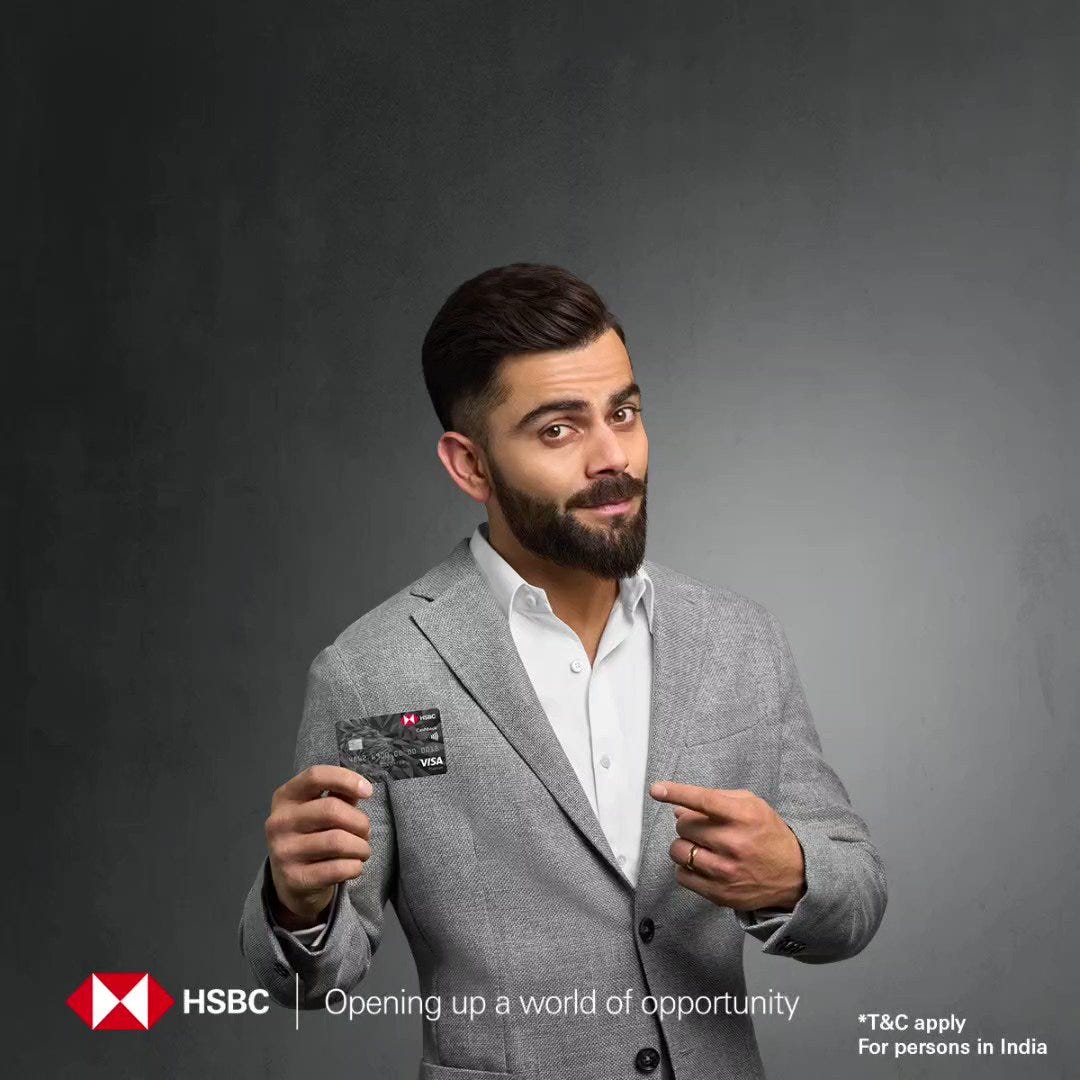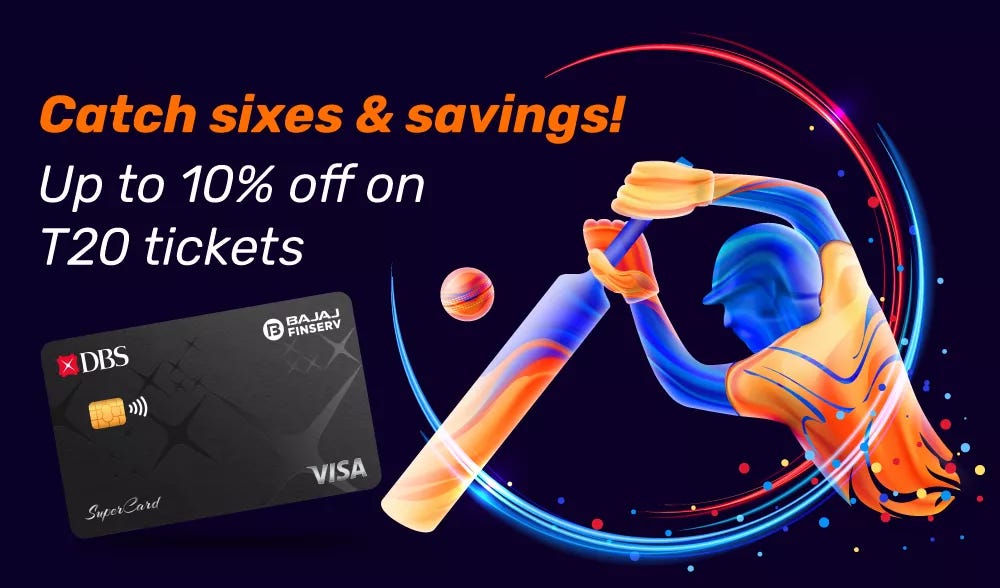22. A Behavioral Science Starter Kit
A 4 step process to get started with applying behavioral science to your organizational challenges.
Behavioural Science effectively solves business problems by leveraging insights into human behavior and decision-making.
By understanding cognitive biases, motivations, and social dynamics, businesses can design better strategies, improve customer engagement, and drive desired outcomes.
If you are interested in applying its concept in your business, here is a 4 step process on how to get started:
Identify the Target Behaviour you want to influence and a KPI that can measure a shift in this behavior
Conduct a behavioral audit (see framework below) to understand the target behavior and the factors influencing it
Create interventions based on Behavioral science concepts (see framework below)
Design A/B tests to identify interventions that improve the target KPI
In the rest of the newsletter, I will dive deep into steps 2 and 3 of the process.
Conduct a Behavioral Audit using The COM-B Model
The COM-B model is a simple equation that says -
Capability + Opportunity + Motivation = Behavior
Applying this framework helps you identify levers that could potentially impact the behavior.
So now, how do we influence these behaviors? This is where the MINDSPACE framework comes in.:
Create Interventions using M.I.N.D.S.P.A.C.E. framework
The M.I.N.D.S.P.A.C.E. framework is a tool used in behavioral science to understand and influence human behavior. It is a set of nine key principles that affect decision-making and behavior. It stands for :
Messenger: People are influenced by who communicates information. Trustworthy, credible, and authoritative sources are more likely to be persuasive.
Incentives: Behavior is influenced by incentives and disincentives. Understanding what motivates individuals can help in designing effective rewards or penalties.
Norms: Social norms and others' behavior influence individual actions. People tend to conform to what they perceive as the typical behavior in a given context.
Defaults: Defaults are the pre-set options that take effect if no action is taken. People tend to choose the default, so setting beneficial defaults can guide behavior.
Salience: Prominent, attention-grabbing information is more likely to influence people's behavior. Making important information stand out can drive behavior.
Priming: Exposure to certain cues or stimuli can influence subsequent behavior and decisions, often unconsciously.
Affect: Emotions play a crucial role in decision-making. Positive or negative emotional responses can significantly influence behavior.
Commitments: People are more likely to follow through on actions if they make a commitment, especially if it’s public or written.
Ego: People act in ways that support their self-image and identity. Behaviors that align with their values and beliefs are more likely to be adopted.
Going back to our scenario of targeting the behavior to increase the adoption of a new credit card, here are sample interventions to address the behaviors -
Messenger: Use a well-known and respected financial expert or a trusted celebrity as the spokesperson for your credit card to increase credibility and trustworthiness, making potential applicants more likely to apply.
Incentives: Offer a sign-up bonus, such as cashback, reward points, or a waiver of the annual fee for the first year, to incentivize people to complete the application. Highlight these benefits prominently during the application process to motivate potential applicants.
.
Norms: Display statistics or testimonials showing how many people in the applicant’s demographic or region have successfully applied for and benefited from the credit card.
Defaults: Set beneficial options as defaults during the application process. For instance, pre-select the option to receive electronic statements instead of paper ones, which is both environmentally friendly and convenient.
Salience: Highlight the credit card's most attractive features in large, colorful banners to draw attention to benefits like low interest rates, rewards programs, or exclusive offers.
Priming: Before the application process begins, show images or messages that evoke positive financial outcomes, such as vacations, new gadgets, or stress-free shopping experiences, to prime applicants for the benefits of owning the credit card.
Affect: Use emotionally engaging stories or testimonials from existing customers about how the credit card has positively impacted their lives.
.
Commitments: At the start of the application, ask applicants to agree to a simple, positive statement such as, “I am committed to improving my financial health.” This small commitment can increase the likelihood of completing the application.
Ego: Tailor marketing messages to align with the applicant’s self-image and aspirations. For instance, promote the credit card as a tool for savvy, responsible, and successful individuals, emphasizing how it can enhance their lifestyle and align with their financial goals and identity.
Applying behavioral science is an iterative process. The goal is to quickly test, learn, and try out more interventions until you identify one that works. Hence, more than a practice, it should be seen as a culture of failing fast and forward.










